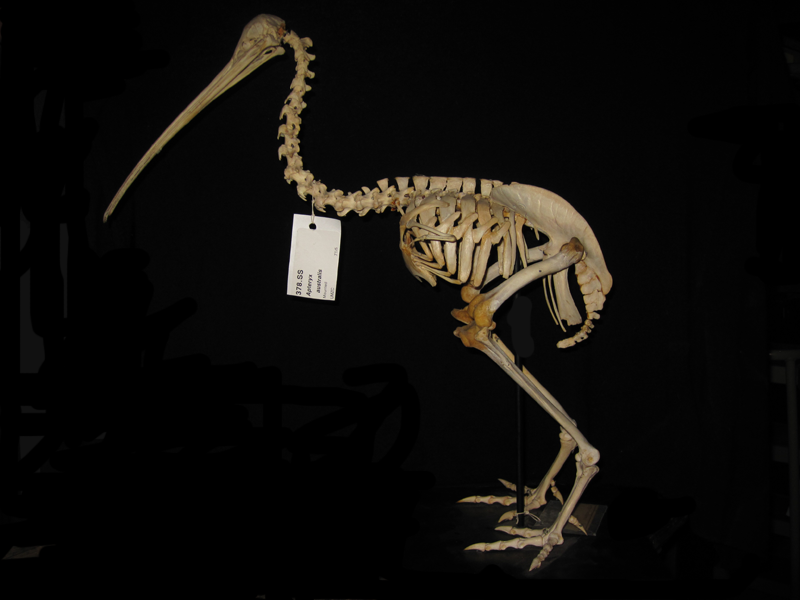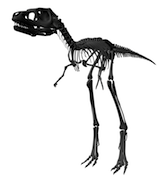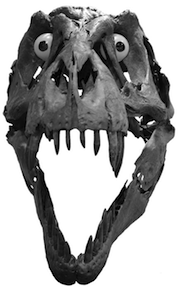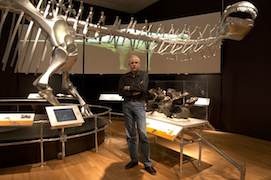1. kinematic reconstruction of walking gaitsA novel computational method to reconstruct walk cycles is described which is based on the simple notion that during a walk (whether performed by a robot, modern tetrapod, or dinosaur), there are periods when two or more limbs simultaneously drive the animal forward, hence their kinematic chains must cooperate, which provides important constraint on inferring the gait. |
 |
2. inferring neck posture from modern vertebrate behaviorThe curvature of the neck in the osteologically undeflected state, and how it relates to characteristic behavioral poses. |
 |
3. Visualizing allometric changes in whole skeletonsDigital animation techniques can be adopted to allow the visualization of relative growth rates in whole skeletons, using various metrics as the basis for isometric growth. |
 |
4. sauropods, sauropods, sauropodsAn analysis of their pose and range of motion of various sauropod necks, and what it might say about their feeding habits.
|
 |
5. the binocular vision of theropod dinosaursA method to estimate the degree of binocular overlap is introduced to compare the potential for stereoscopic depth perception in various theropod dinosaurs. |
 |
6. museum installationsDigital animations bring dinosaur skeletons alive for the public. |
7. presentationsA sampler of my presentations at Annual Meetings of the Society of Vertebrate Paleontology (SVP) and Symposium on Vertebrate Paleontology and Comparative Anatomy (SVPCA), many available as QuickTime Interactives (and including digital animations), earlier presentations only as abstracts. |
 |
8. Tyrannosaurus rexWith no need for introduction, the one and only ... |

